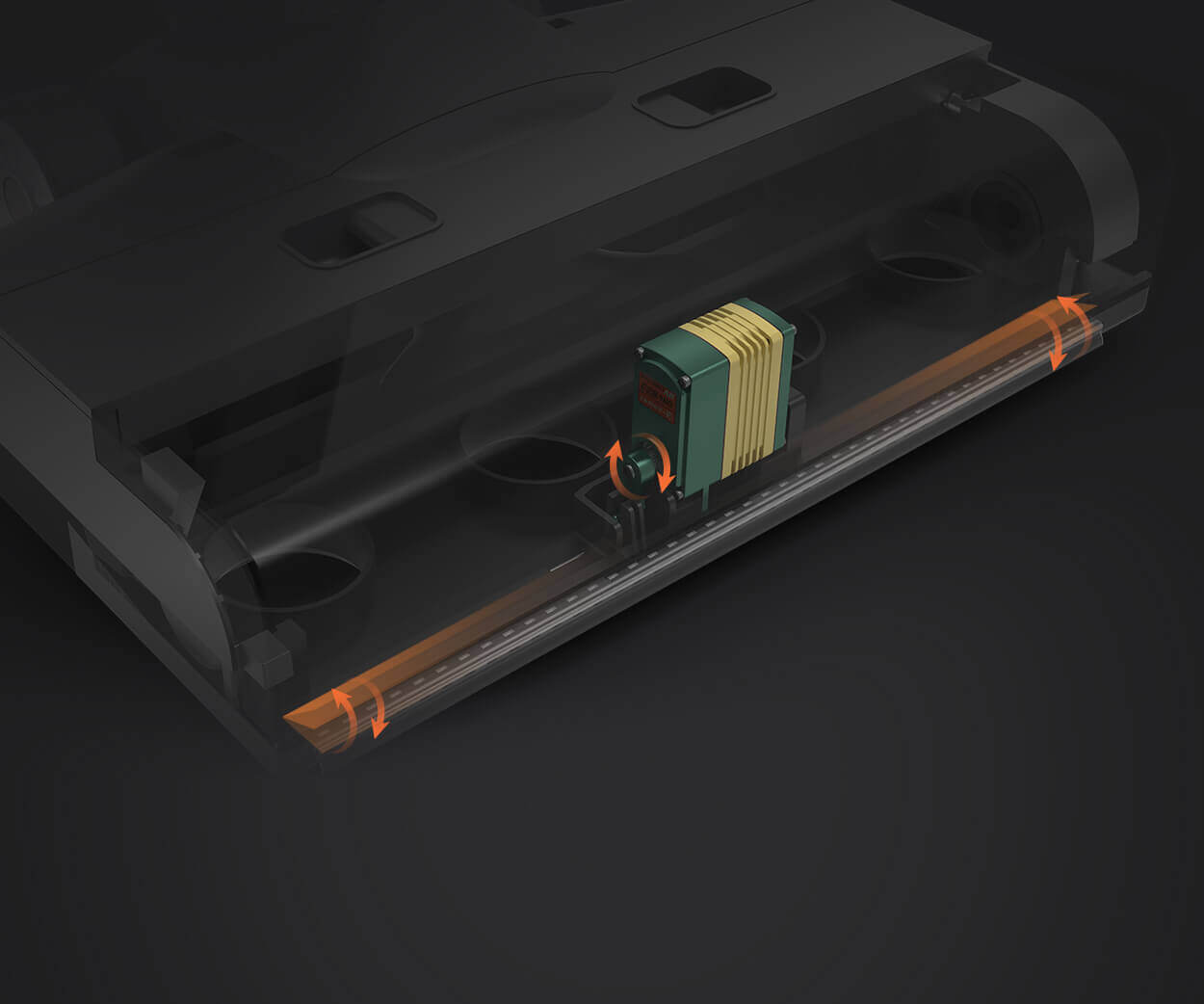In the modern world of software architecture, managing access and permissions in a microservices environment is a serious challenge. Every service communicates with others, creating a dynamic, constantly shifting landscape. How do you make sure that only the right people—or services—can access certain data or features at any given time? This is where the right authorization model comes into play.

Let’s be honest: Microservices have become the backbone of many innovative digital platforms, but with that complexity comes a growing need for a reliable and scalable way to handle security. Whether it’s managing a user’s permissions to access specific services or securing communication between microservices, the need for an effective authorization model has never been more critical.
So, what's the best model to use for microservices authorization?
One of the most popular approaches in the world of microservices is role-based access control (RBAC). Think of it as assigning different roles to users—whether that’s admin, user, or guest—and making sure each role has specific access rights. This model is straightforward and easy to implement. However, as your microservices scale, you might find it lacking the flexibility required to adapt to the constantly changing demands of your environment. That’s where more advanced models like attribute-based access control (ABAC) come into play.
With ABAC, authorization decisions are based on various attributes, such as user characteristics, the environment, or even the data being requested. It’s a more granular and flexible approach compared to RBAC, and it’s especially useful in highly dynamic systems where you need to consider more than just “who” is accessing the data, but “what” they are doing and “under what conditions.”
But here’s the thing—these models, while powerful, come with their own challenges. Security is always a trade-off. With increased flexibility and granularity often comes increased complexity. In the world of microservices, this complexity can lead to issues such as delayed responses or higher latency, which is something you definitely want to avoid.
Some may ask, "Is there a simpler solution?" Well, yes—token-based authorization has become increasingly popular for securing communication between microservices. With token-based systems, each service is granted a token that authenticates the service's identity. These tokens are often lightweight and easy to manage, reducing overhead. However, managing these tokens in a distributed system still requires careful planning to avoid potential security holes.
In fact, a hybrid approach is often best. For example, you might use RBAC at a high level for user authentication, while using ABAC for more granular service-to-service communication. This combination can give you the best of both worlds—security, scalability, and flexibility.
It's important to remember that microservices are all about decentralization. If one service is compromised, the security breach should not automatically expose others. Designing your authorization models with this principle in mind is key. After all, a security breach in a single service shouldn’t bring down your entire platform. The right approach gives you the peace of mind that each service is only accessing what it absolutely needs, when it needs it.
Ultimately, choosing the right model isn’t just about picking the most complex or cutting-edge solution. It’s about finding the approach that works best for your needs, your team, and your architecture. Don’t be afraid to experiment with different models, and be prepared to adjust as your system evolves. Microservices are about agility—your security model should be no different.
At the end of the day, ensuring proper authorization in microservices isn't just a technical issue; it’s a strategic one. It’s about ensuring that your platform remains secure, scalable, and reliable. Take the time to explore the models, test their fit, and find the best solution to meet your growing needs. After all, security is the foundation upon which every great service is built.
Established in 2005, Kpower has been dedicated to a professional compact motion unit manufacturer, headquartered in Dongguan, Guangdong Province, China. Leveraging innovations in modular drive technology, Kpower integrates high-performance motors, precision reducers, and multi-protocol control systems to provide efficient and customized smart drive system solutions. Kpower has delivered professional drive system solutions to over 500 enterprise clients globally with products covering various fields such as Smart Home Systems, Automatic Electronics, Robotics, Precision Agriculture, Drones, and Industrial Automation.




































